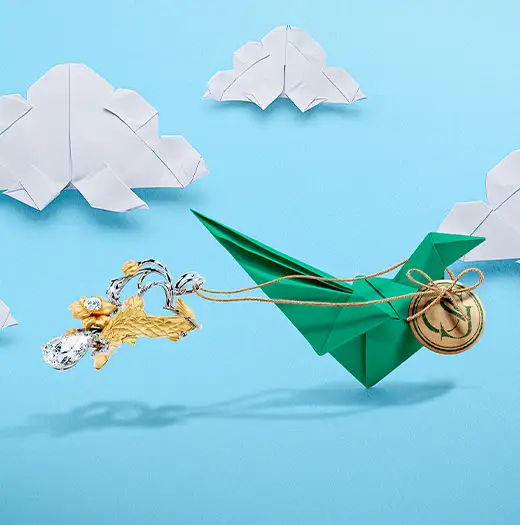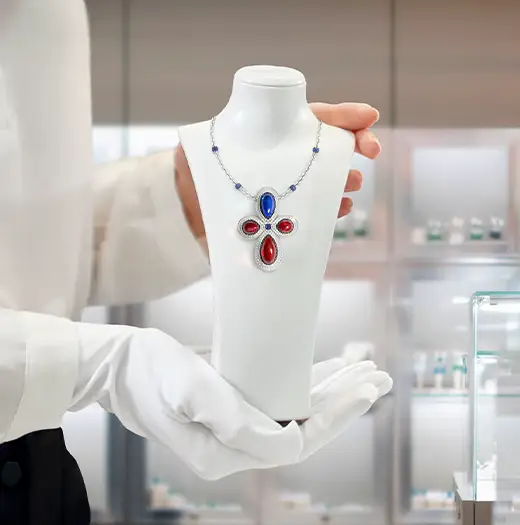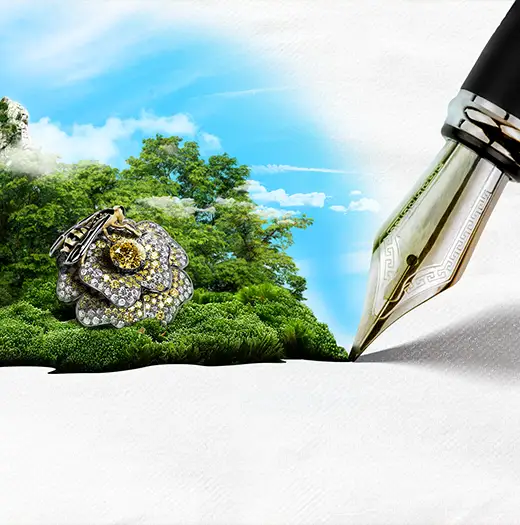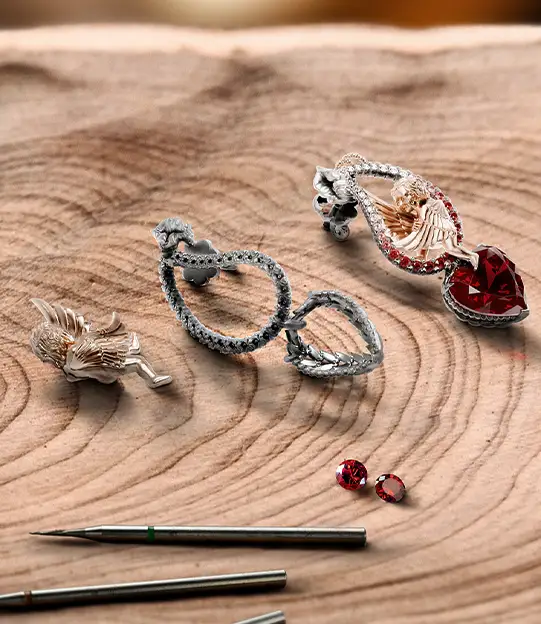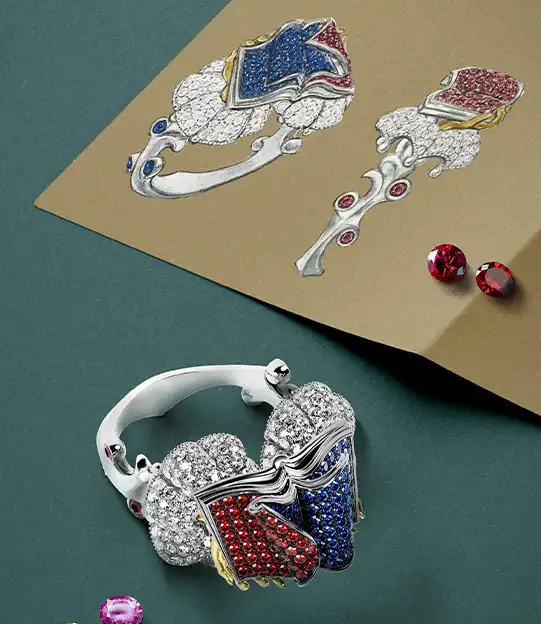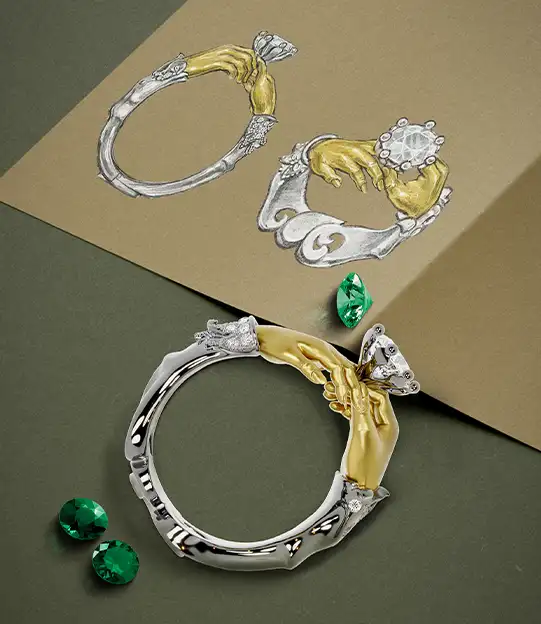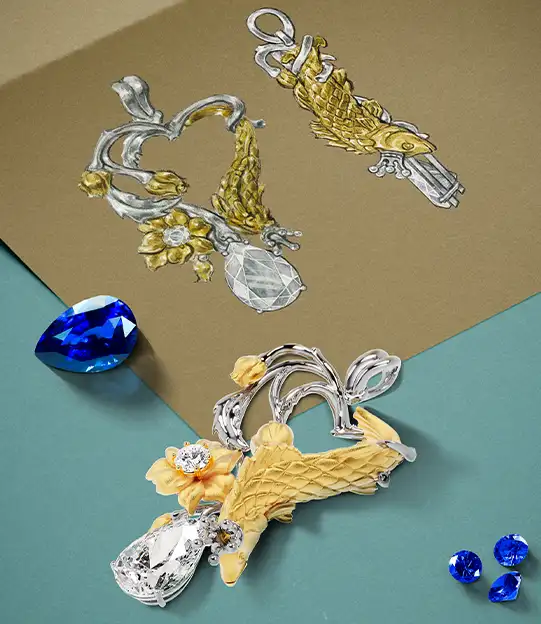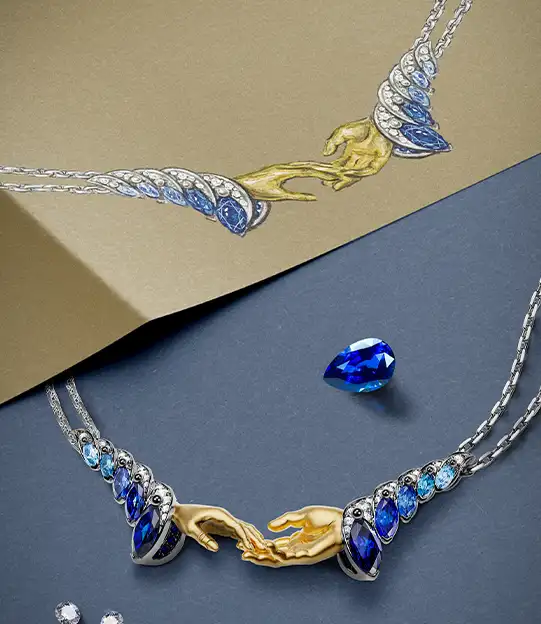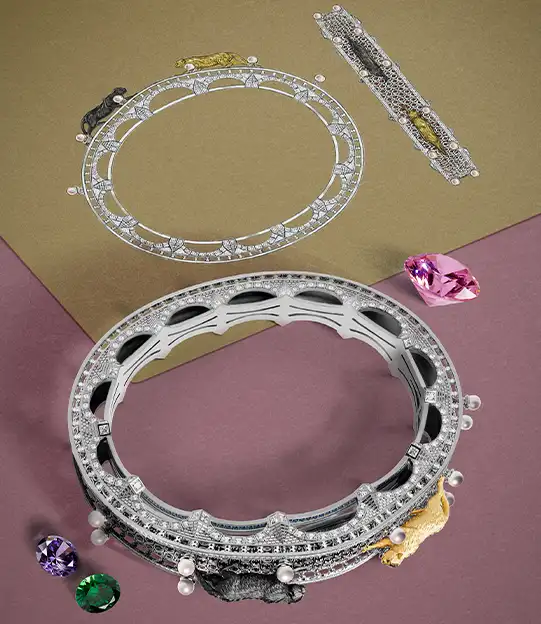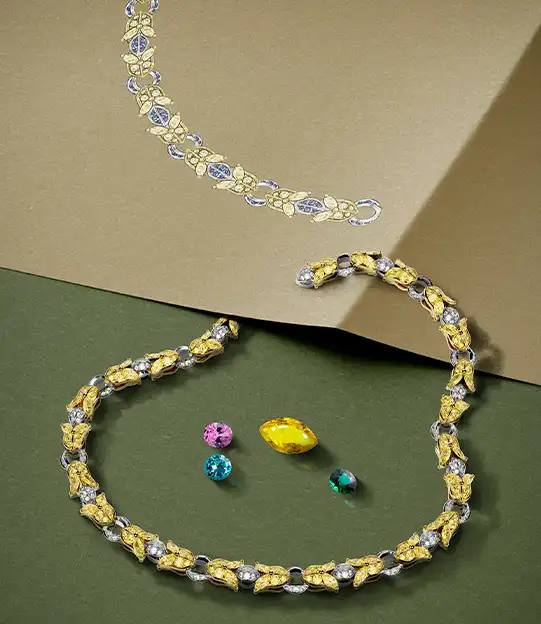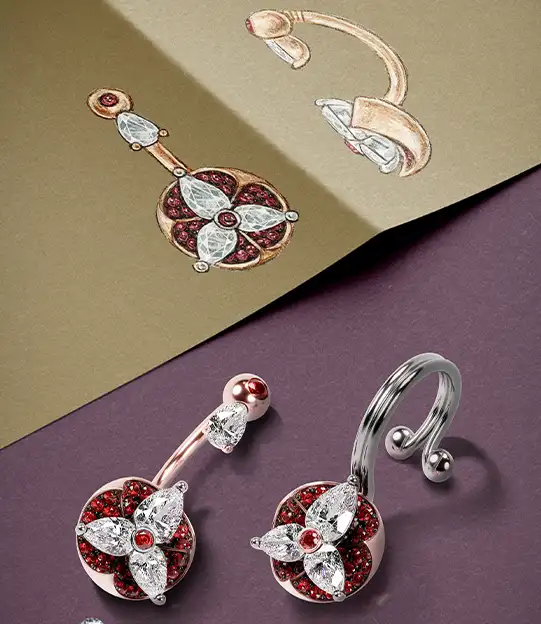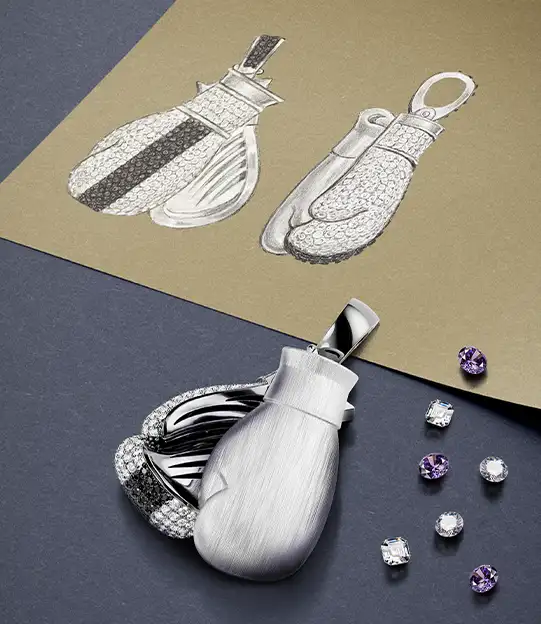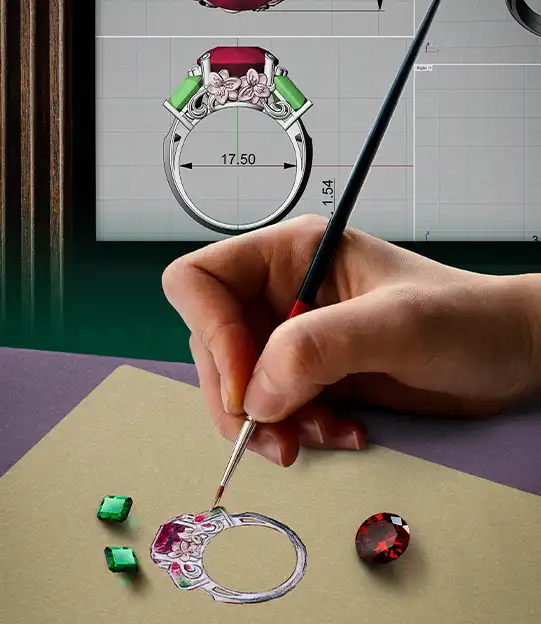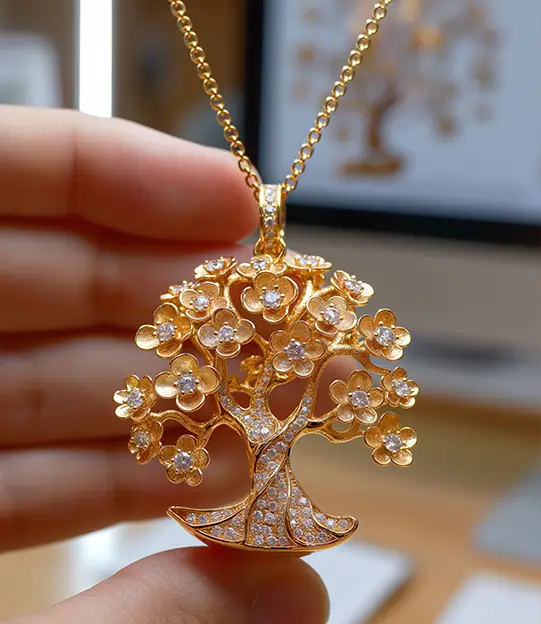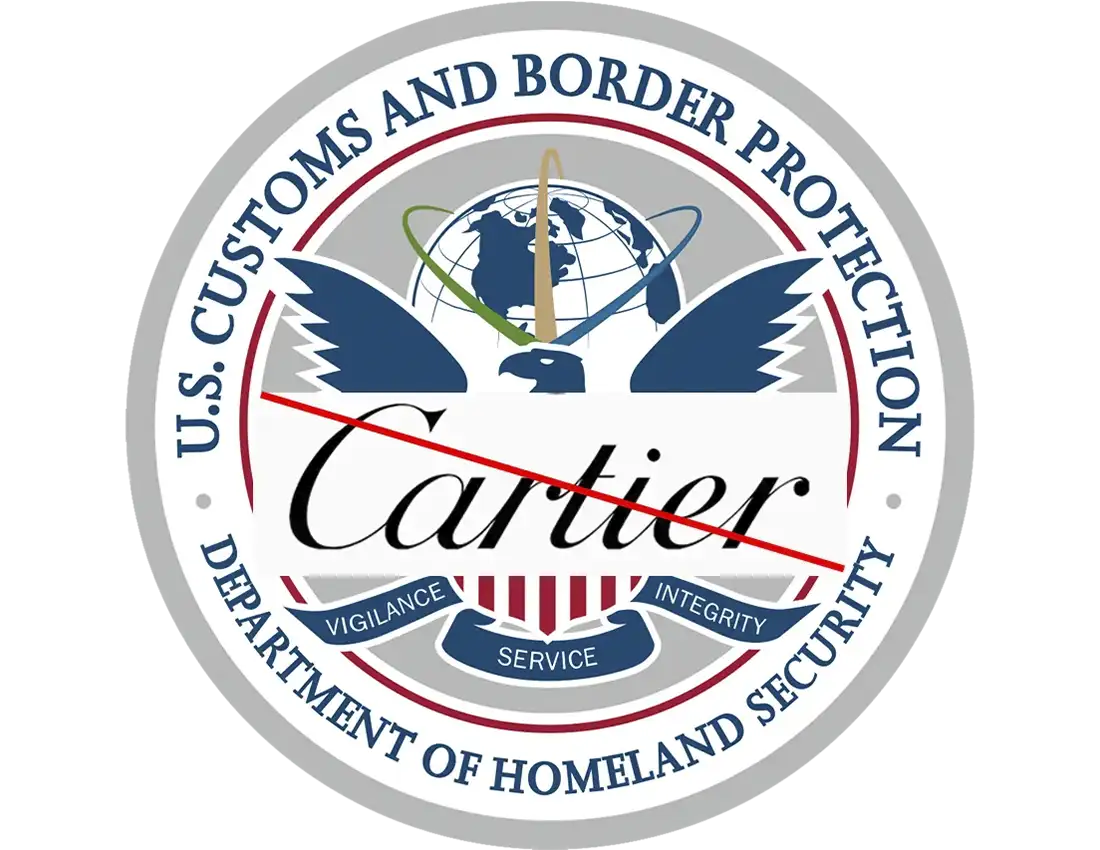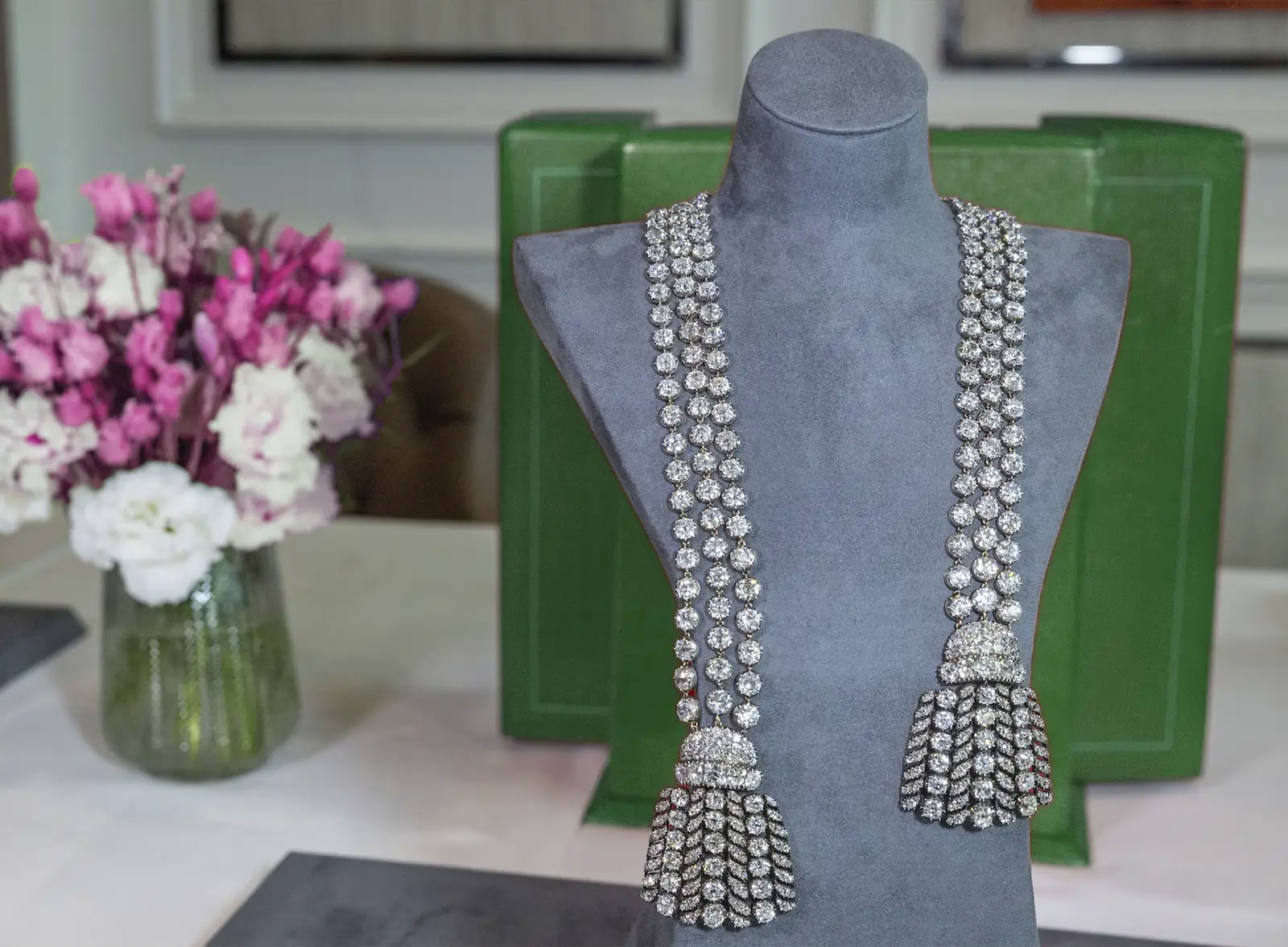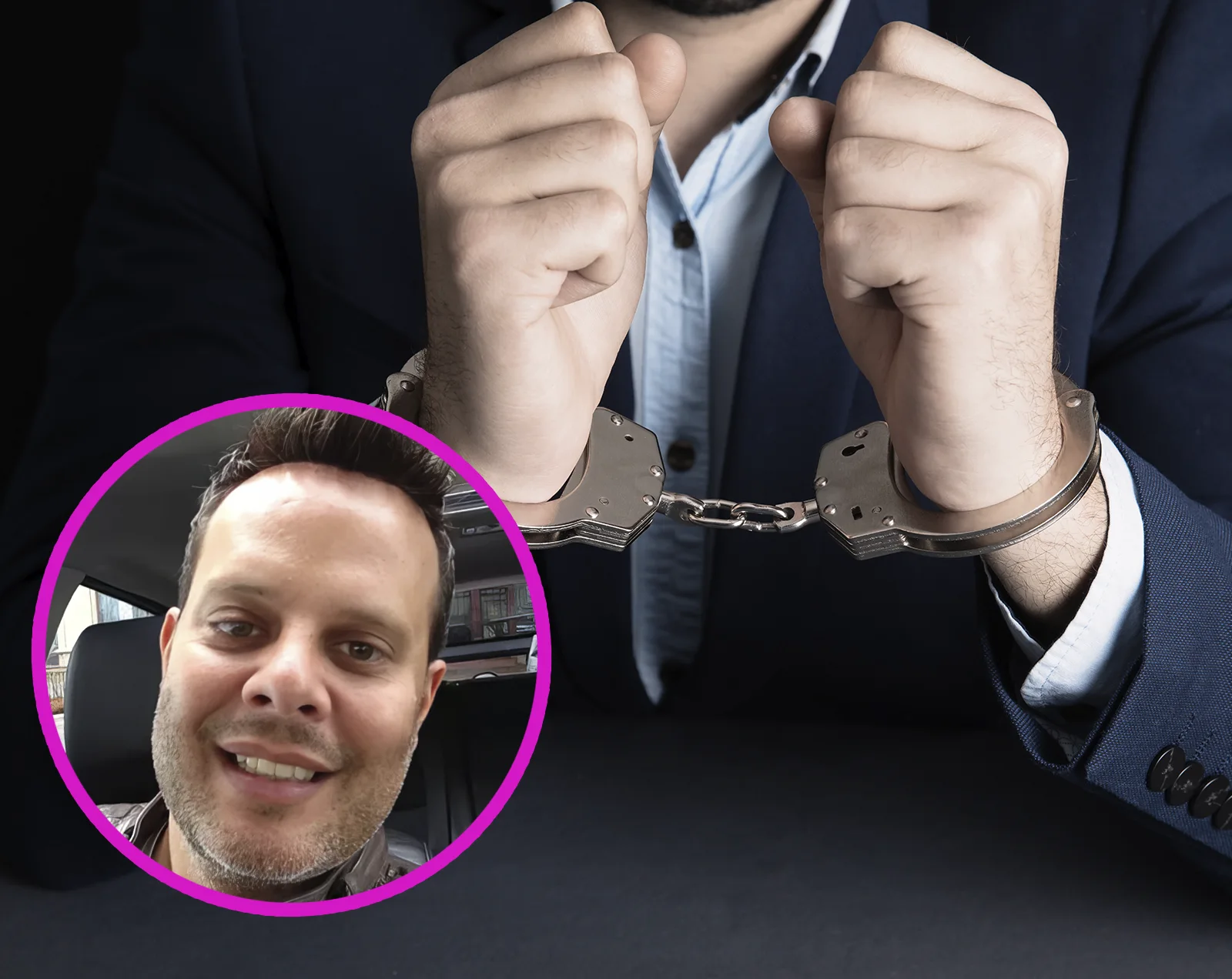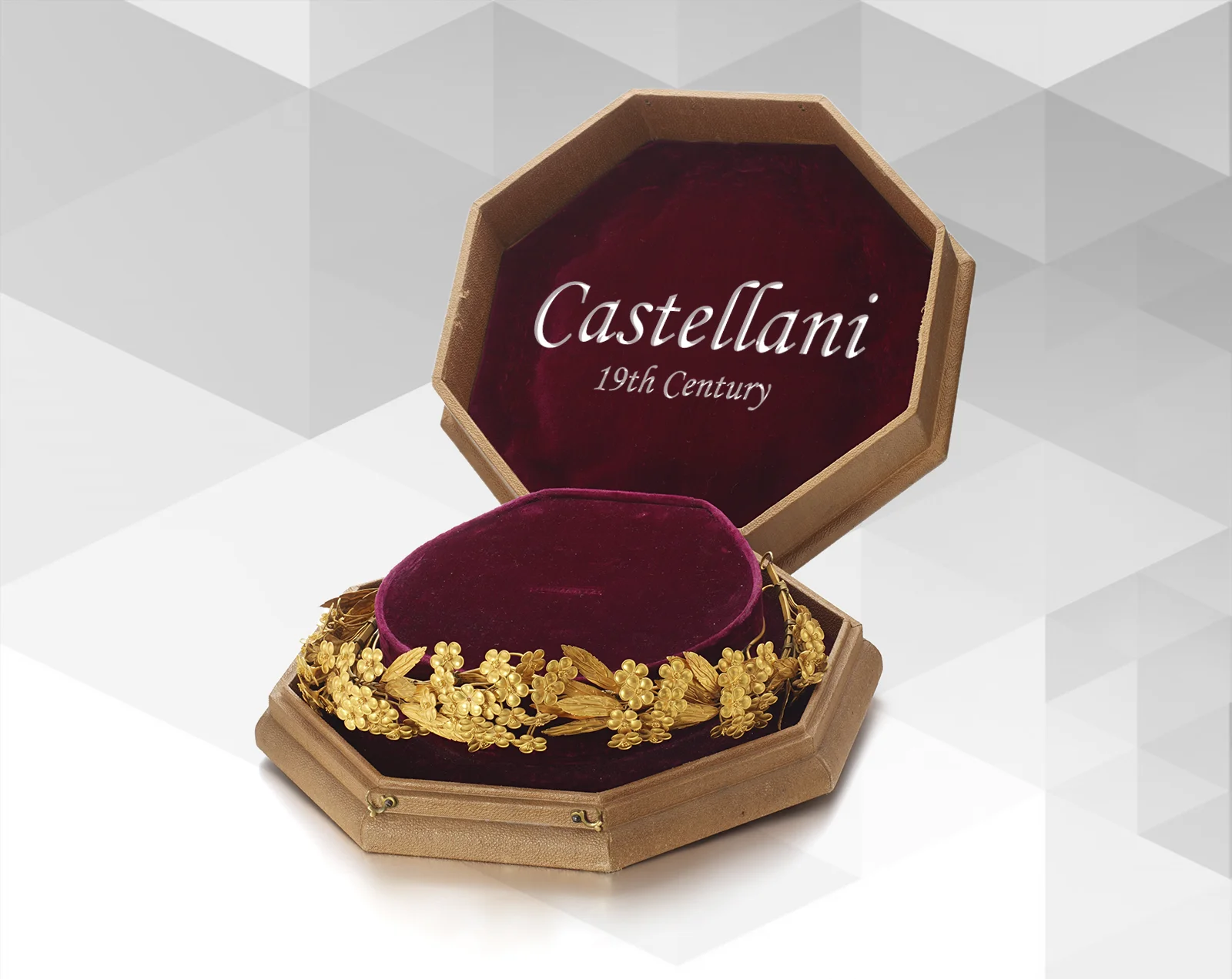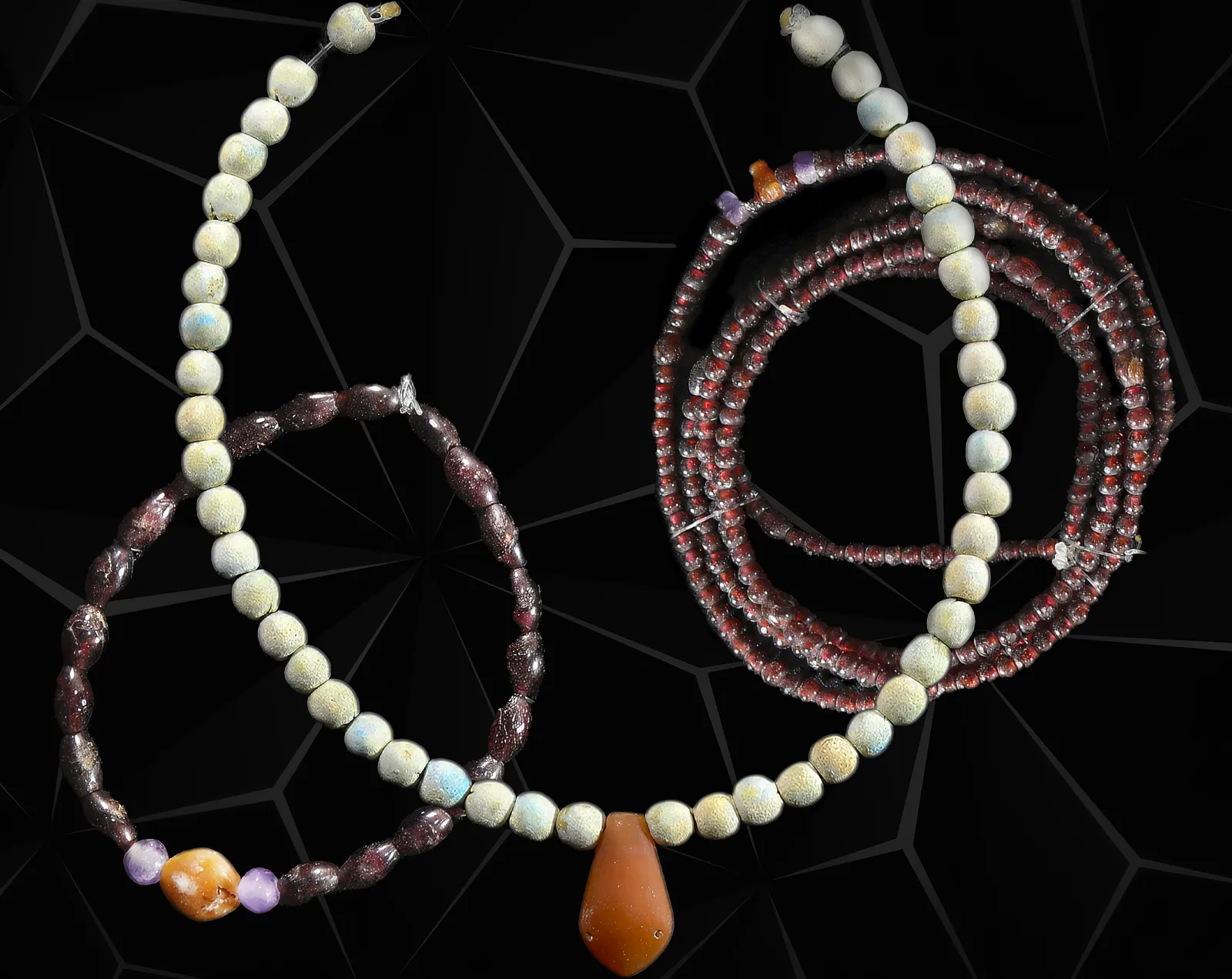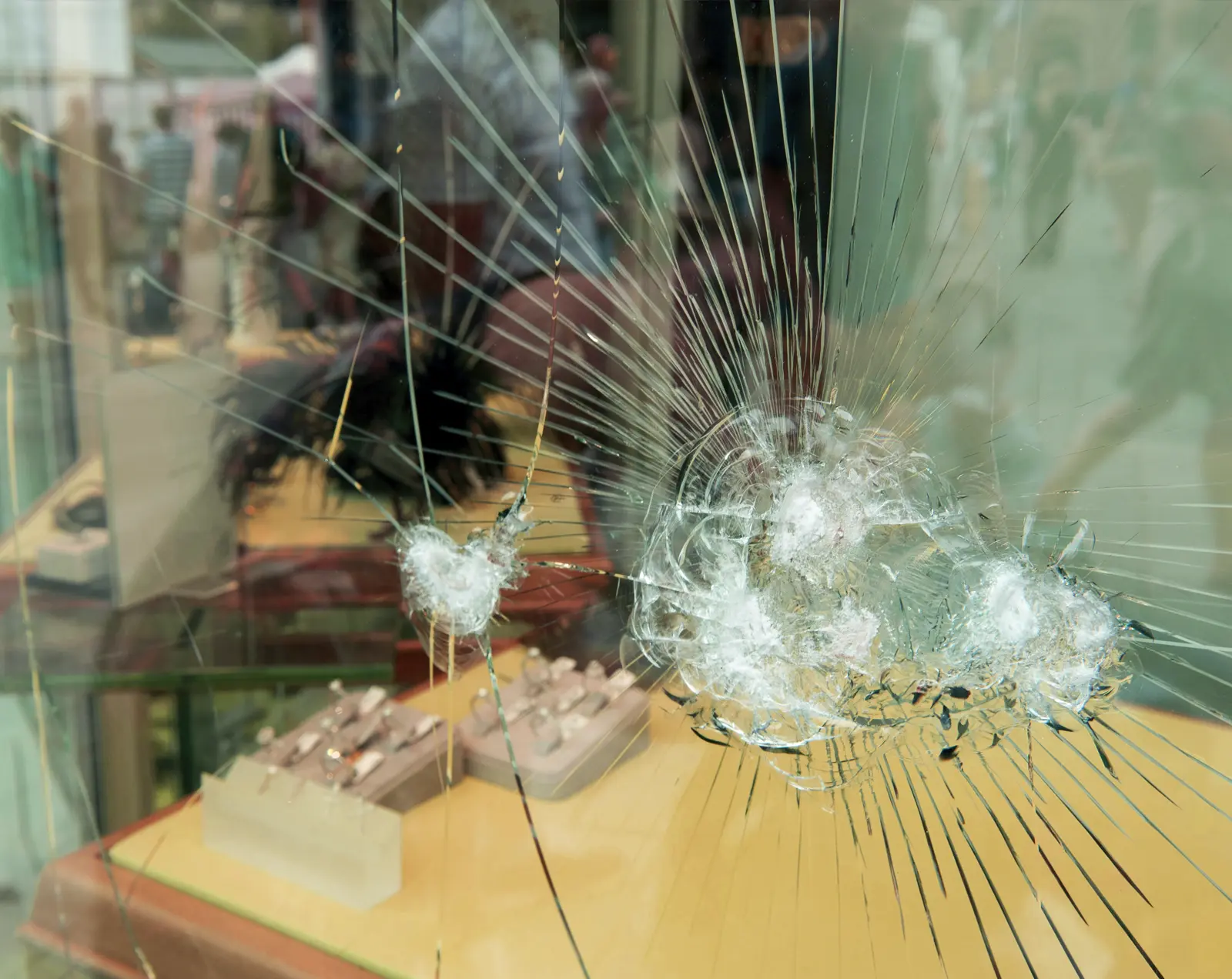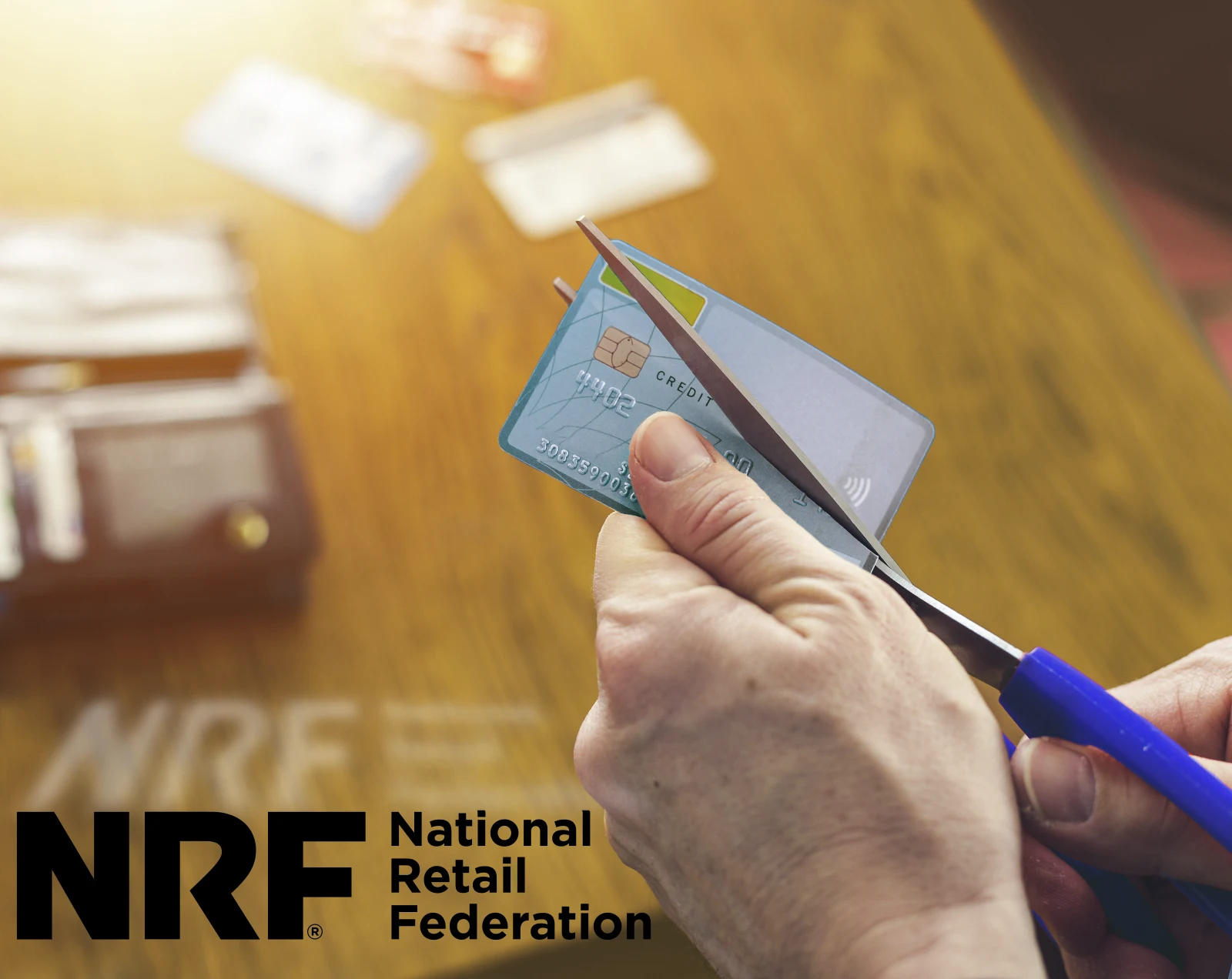On April 2, 2024, U.S. CBP officers detained a group of criminals shipping a total of 364 jewelry pieces from Hong Kong, including high-end rings, necklaces, earrings, and bracelets. Before reaching the final destination (Hutchinson, Kansas), the parcels had to undergo a customs clearance procedure at Minneapolis–Saint Paul’s ECCF. The officers quickly determined some inconsistencies with the packaging. Some of the products lacked labels and were therefore hard to identify. Upon closer inspection, it became clear all the goods were also of poor quality, which could only mean one thing – this was a blatant case of counterfeiting. To make you appreciate the scale of the criminal operation, here is a full list of the detained items:
- 124 bracelets with the logos of Chanel, Cartier, Gucci, Louis Vuitton, and Hermes.
- 96 pairs of earrings with the logos of Gucci, Louis Vuitton, Chanel, and Tory Burch.
- 84 necklaces with the logos of Gucci, Chanel, and Louis Vuitton.
- 60 rings with the logos of Gucci, Chanel, Dior, and Louis Vuitton. The items were seized for infringing on the designer’s protected trademarks recorded with CBP.
Keep in mind that the total RRP for the entire shipment would exceed $482,000 – a sum that would have ended up in somebody’s pockets, had it not been for competent customs workers. “I want to congratulate our officers for their outstanding job. CBP is the first line of defense, and we will continue to protect the safety of consumers,” said LaFonda D. Sutton-Burke, Director, Field Operations-Chicago Field Office. LaFonda also explained how smuggling counterfeit products affects the U.S. economy. If you think about it, counterfeiting is a perfect crime: you live off somebody else’s reputation and enjoy a high revenue selling low-quality goods; meanwhile, unsuspected customers are thrilled to buy luxury items from you for a lower price compared to authentic brand products. The catch might come later when your products start to fall apart and can’t withstand the everyday wear-and-tear that high-quality items can. Customers usually hold branded goods to high standards (as they rightfully should), and when something feels off, they might never come back to you to buy another product. Thus, it only goes to show how fragile and unsustainable counterfeiting schemes are. They only go as far as making a quick buck. That is, if they get to make the buck at all and manage to go past the customs officers. But rest assured, most of the counterfeited goods are caught in time by Customs and Border Protection officers at 328 ports of entry in the U.S. If you do, however, encounter a fake product (or even suspect that it’s counterfeit), we strongly recommend submitting an e-allegation to the authorities. If you’d like to find out more about this topic, check out the Truth Behind Counterfeits public awareness campaign at https://www.cbp.gov/FakeGoodsRealDangers. Remember: however competent customs officers are, we can only fight organized crime together.



